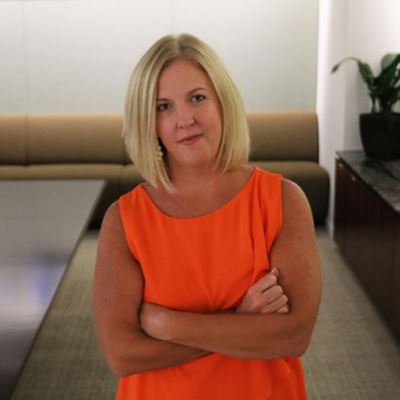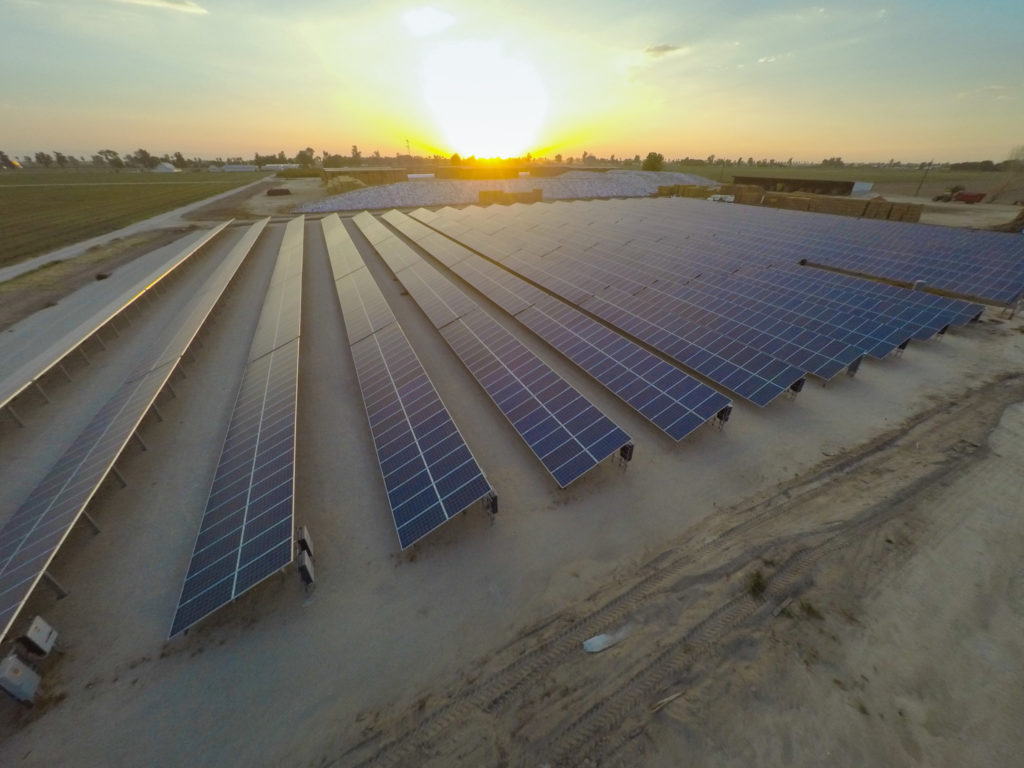By Frank Andorka, Senior Correspondent
The Solar Energy Industries Association (SEIA) Friday ousted long-time executives Tom Kimbis and Christopher Mansour in a shakeup executives say has nothing to do with the financial soundness of the organization.
Abigail Ross Hopper, SEIA’s president and CEO, said revisions to its overall strategic vision required a realignment of resources and rendered Kimbis and Mansour expendable.
Hopper said SEIA would replace Mansour, who had served as SEIA’s vice president of federal affairs since 2013. She did not say if it would replace Kimbis, who had served as the organization’s interim president and CEO before Hopper was appointed in 2017.
Tom Kimbis was currently serving in the role of executive vice president and general counsel. He served as SEIA’s interim CEO in from April 2016 until January 2017 when the previous President and CEO Rhone Resch stepped down.
“We have nothing but positive things to say about Tom and Christopher, and we wish them well in the future endeavors,” Hopper said. “Their service to SEIA is well known, and we couldn’t have accomplished what we have without them.”
Hopper said that with that trade case closed for now, the priorities of the association are shifting toward the regional transmission organizations, Federal Energy Regulatory Commission (FERC) and state battles.
With such shifts in priorities came a need to evaluate where the best use of resources, and though Kimbis and Mansour had long served in the SEIA executive structure, Hopper made the decision to move on without their services. The changes, Hopper told SolarWakeup, are in line with the new strategic plan presented to the board earlier this year.
“Don’t misunderstand the moves – trade is still a significant issue,” Hopper said. “But with new priorities come the need for personnel changes, and we made decisions we think are in the association – and the industry’s – best interests.”



